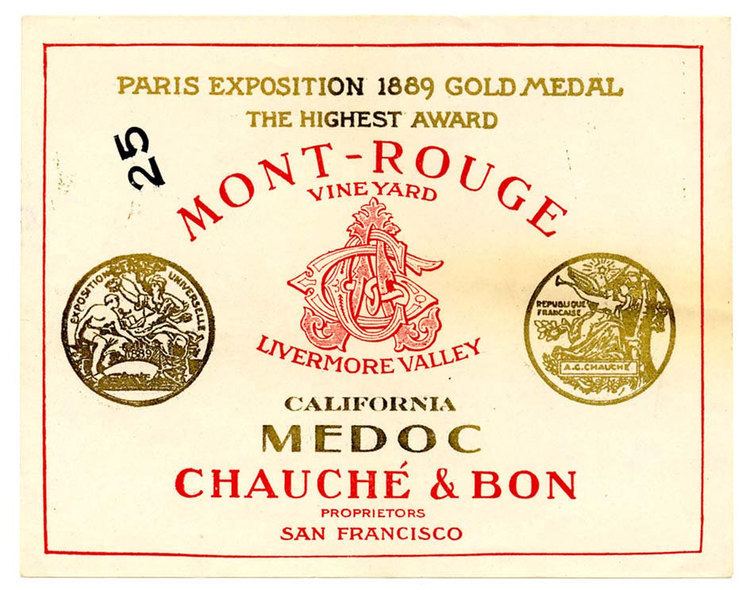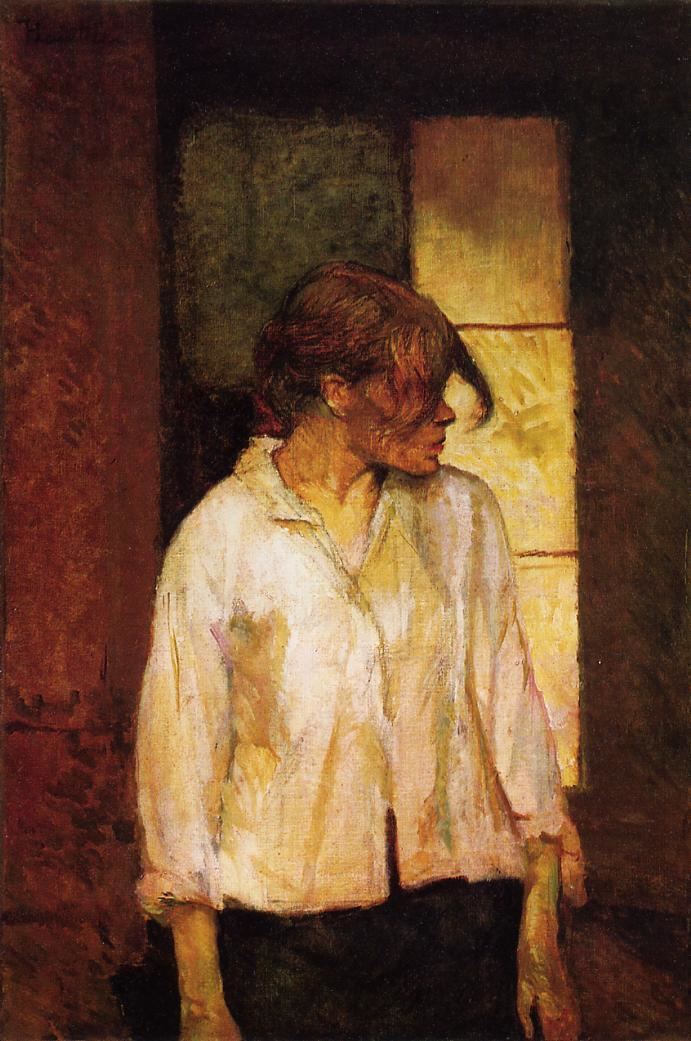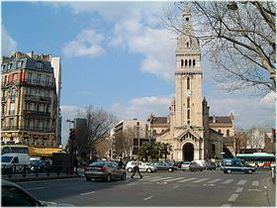Country France Region Ile-de-France | Area 46,800 Mayor Jean-Loup Metton (NC) | |
 | ||
Map of Montrouge
Montrouge ([mɔ̃ʁuʒ]) is a commune in the southern Parisian suburbs, located 4.4 km (2.7 mi) from the centre of Paris, France. It is one of the most densely populated municipalities in Europe. After a long period of decline, the population has increased again in recent years.
Contents
- Map of Montrouge
- Terrorisme une ceinture explosive est decouverte dans la commune de montrouge au sud de paris
- A montrouge decrocher son bac avec mention vous rapportera 780 euros
- History
- Economy
- Public transport
- The Arts in Montrouge
- Education
- Notable people
- Personalities associated with the commune
- Others
- References

Terrorisme une ceinture explosive est decouverte dans la commune de montrouge au sud de paris
A montrouge decrocher son bac avec mention vous rapportera 780 euros
History

There are a number of colourful traditions about the name "Montrouge", but it appears that it in fact comes from the Latin words monte (mountain) and rubeus (red), meaning Red Mountain, because of the reddish colour of the earth in this area.
The name of the community was first mentioned in monastery documents in 1194.
Throughout the Middle Ages, the hamlet was home to monasteries and a number of religious orders, while in the 15th century it became the site of quarries used for the reconstruction of Paris. The late sixteenth century saw the plain of Montrouge named "reserve for royal hunts", and during the seventeenth and eighteenth centuries it was known for its windmills, which have all now disappeared.
On 1 January 1860, the city of Paris was enlarged by annexing neighbouring communes. On that occasion, most of the commune of Montrouge was annexed to Paris, forming what is now called Petit-Montrouge, in the 14th arrondissement of Paris. The remainder of Montrouge was preserved as an independent town.
In 1875, the town gained a few thousand square metres from the neighbouring communes of Châtillon and Bagneux (principally in the neighbourhood (le quartier) called Haut Mesnil).
On 8 January 2015, Municipal Police officer Clarissa Jean-Philippe was shot and killed in the commune, purportedly by Amedy Coulibaly. Coulibaly was reported to be an accomplice of Saïd and Chérif Kouachi, the suspected perpetrators of the Charlie Hebdo shooting. The next day, he was gunned down by police during a siege that left four hostages dead and several other people injured.
Economy
Industrial development started in 1925 and soon, many printing factories were to be found in the town. Most of these have disappeared today. Since the early years of the twenty-first century, professional services and telecommunications have been the main business activities.
Public transport
Montrouge is served by the Mairie de Montrouge station on Paris Métro Line 4, and by the Châtillon – Montrouge station on Paris Métro Line 13. The Châtillon - Montrouge station is located at the border between the commune of Montrouge and the commune of Châtillon, on the Châtillon side of the border.
The Mairie de Montrouge station was opened on 23 March 2013 as part of the extension of Metro Line 4 to the south. Two further stations (Verdun Sud on Montrouge southern border, and Bagneux) are due to open in 2020.
Bus line 68 runs from Metro Châtillon Montrouge all the way up through Montparnasse, the Louvre, the Paris Opera and ends at the Place de Clichy, the site of the Moulin Rouge. Bus line 126 runs from Porte d'Orléans to Boulogne-Billancourt, while line 128 goes from the same place to Robinson RER station. Bus line 323 runs on the southern border of Montrouge on its way between Issy-les-Moulineaux and Ivry-sur-Seine. Several lines (187, 188, 197, 297) use the Route nationale 20 that crosses eastern Montrouge to reach southern parts of the Parisian agglomeration.
The Arts in Montrouge
Montrouge was the home of a number of well-known twentieth century artists, listed below. Currently the town is also well known for two contemporary art exhibitions:
Education
Montrouge has seven public primary schools: Aristide Briand, Buffalo, François Rabelais, Nicolas Boileau, Raymond Queneau, Renaudel A, and Renaudel B.
Public junior high schools: Haut Mesnil, Maurice Genevoix, Robert Doisneau.
Public high schools: Lycée Jean Monnet, Lycée Maurice Genevoix.
There is a private secondary school, Groupe Scolaire du Haut-Mesnil.
